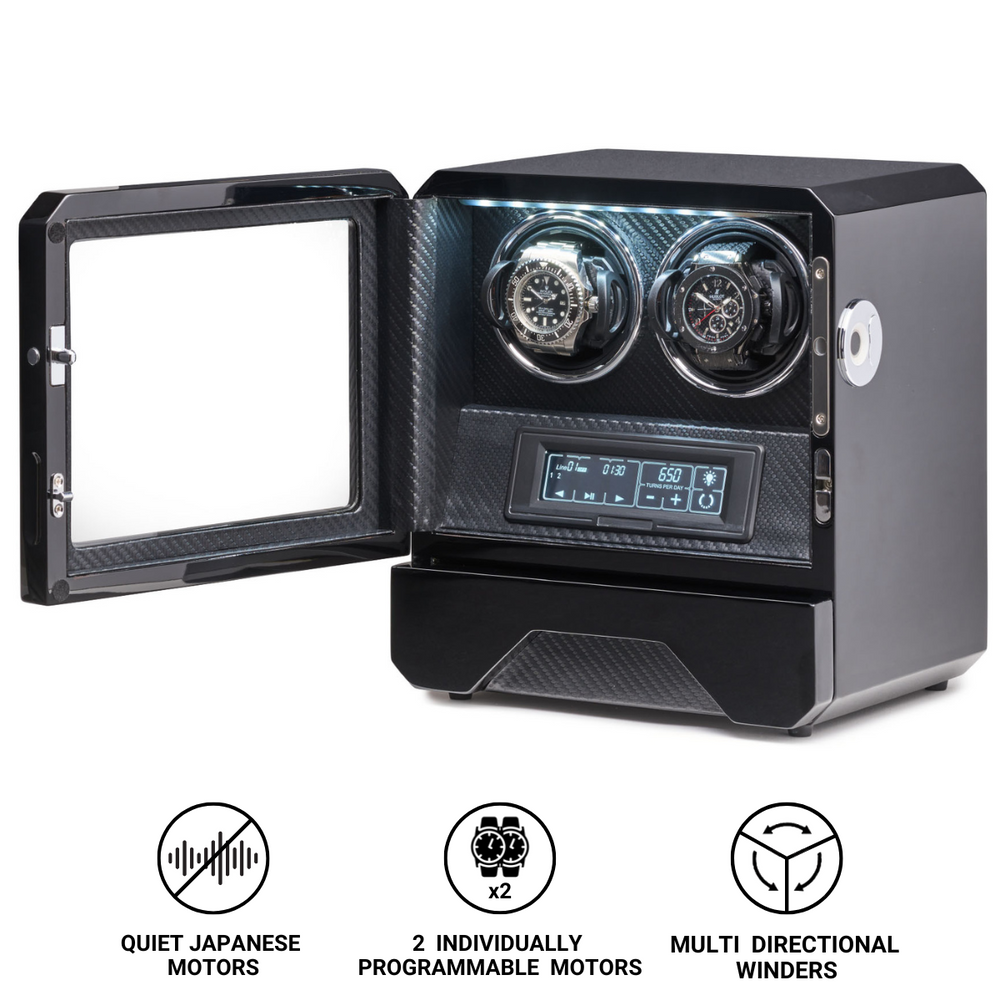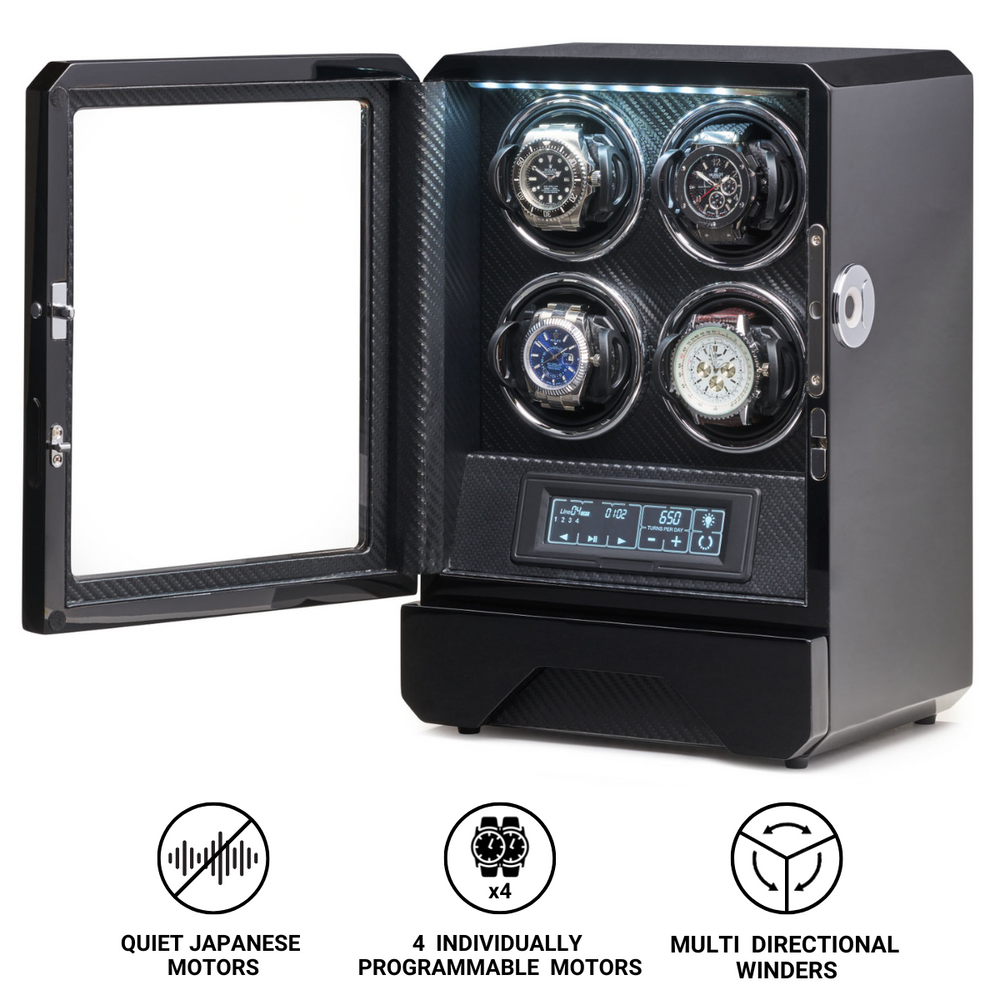Rolex Ventures into Atomic Timekeeping
In May 2025, Rolex took a decisive step beyond its traditional mastery of mechanical horology by establishing Rolex Quantum SA. The new company will operate from the historic Neuchâtel Observatory, a site long associated with precision time measurement. Today the observatory houses the Swiss Centre for Electronics and Microtechnology (CSEM), an institution with decades of experience in atomic timekeeping research.

From Observatory Heritage to Quantum Precision
The Neuchâtel Observatory has played a prominent role in Swiss watchmaking history, having been a centre for chronometer trials for much of the 20th century. The location now serves as a hub for advanced research in frequency standards and time dissemination. CSEM, which occupies the site, develops leading-edge solutions for industrial and scientific applications where extreme timing accuracy is required.
Rolex Quantum SA will focus on the commercial production and sale of atomic clocks, devices essential for global navigation satellite systems, synchronisation of telecommunications networks, high-frequency trading platforms and scientific laboratories. This new activity will be independent from Rolex’s mechanical watch production, signalling a deliberate move into a specialised segment of precision engineering.
Partnership with CSEM
Rolex has already collaborated with CSEM to create a proprietary reference system based on optical atomic clock technology using rubidium atoms. Optical atomic clocks achieve their precision by measuring the frequency of light absorbed or emitted by atoms, which is far higher than that of microwave-based atomic clocks such as those using cesium. This increase in frequency leads directly to improved stability and accuracy.
Rubidium-Based Optical Atomic Clocks
Rubidium optical atomic clocks combine a rubidium vapour cell with laser systems that interrogate the atoms at very specific optical frequencies. These devices are smaller and require less power than many laboratory-grade atomic clocks, making them more practical for deployment outside controlled research environments.
The prototypes developed by Rolex and CSEM have already been installed in Rolex manufacturing facilities in Geneva and Bienne. Each unit is compact for its category at approximately 48 centimetres in height and is engineered for continuous operation. During testing, these clocks demonstrated an exceptional stability, with deviations of no more than 300 picoseconds over a full week. By comparison, a deviation of one second at this rate would occur only after more than 100,000 years.
Certification by METAS
The Swiss Federal Institute of Metrology (METAS), the national authority for measurement standards, has tested the prototypes. METAS is recognised internationally for certifying devices used in both scientific research and industrial applications, including the Master Chronometer certification for wristwatches. Validation from METAS confirms that Rolex’s atomic clocks meet stringent criteria for accuracy, stability and operational integrity.
Market Applications and Strategic Impact
Atomic clocks are integral to the functioning of modern infrastructure. They provide the time references that allow GPS satellites to determine positions with metre-level accuracy, enable mobile networks to hand off calls seamlessly between towers, and synchronise data centres and financial exchanges down to billionths of a second. Optical atomic clocks such as those being developed by Rolex Quantum SA represent the next generation of this technology, with accuracies surpassing current GPS-disciplined solutions.
For Rolex, this venture extends its reputation for precision into a field where timing is measured not in seconds per day but in picoseconds per week. The initiative reflects a broader evolution in Swiss watchmaking expertise, where the skills and knowledge developed for mechanical timekeeping are being adapted to new frontiers in scientific and industrial timing.
Looking Ahead
If production scales as anticipated, Rolex Quantum SA could position itself among the few suppliers worldwide capable of delivering commercial-grade optical atomic clocks. Such devices are likely to be adopted in advanced research institutes, aerospace systems, defence applications and sectors where ultra-precise time synchronisation is mission critical.
This move represents not only a diversification of Rolex’s capabilities but also a reinforcement of Switzerland’s standing as a global leader in the science of time.














